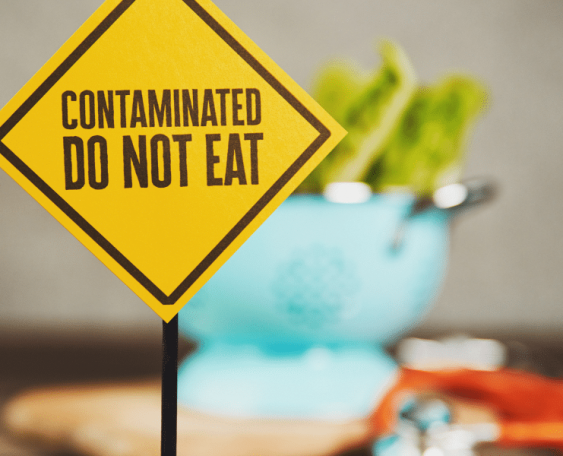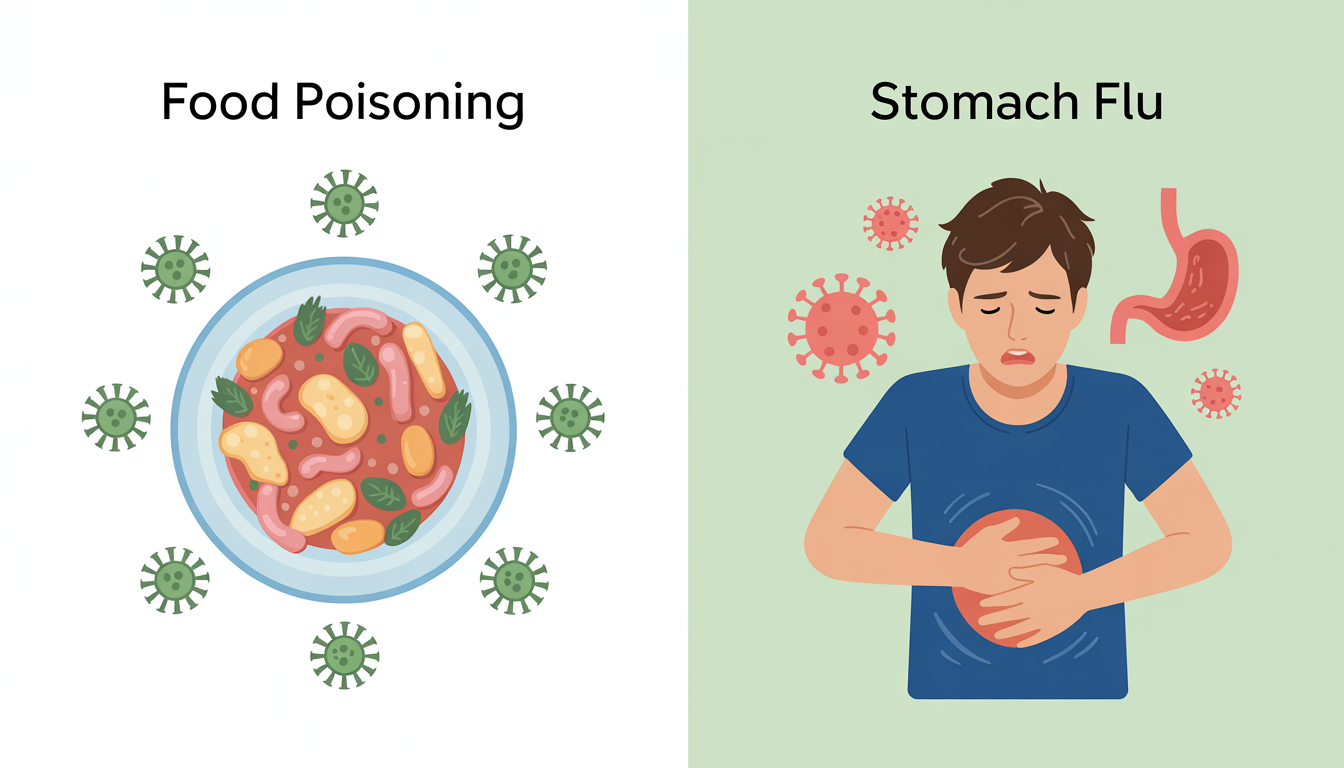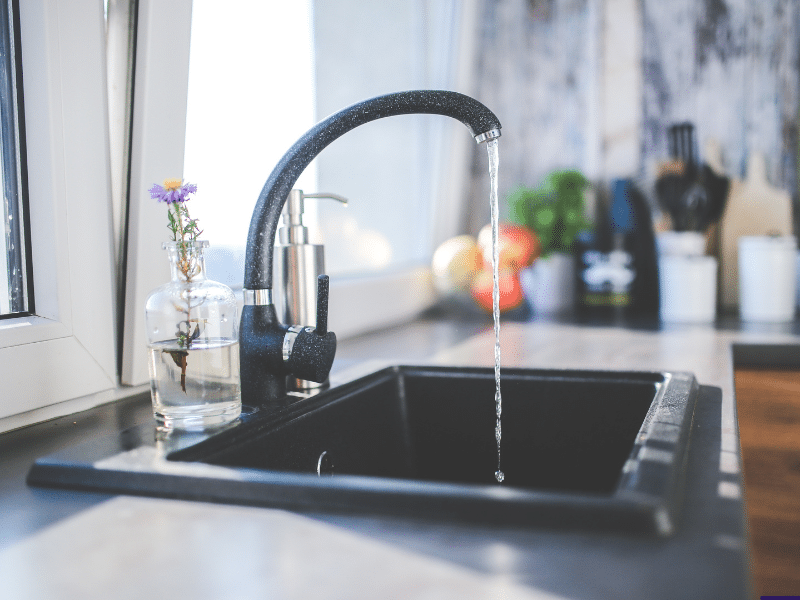What Is a P65 Warning?
California’s Proposition 65 requires businesses to notify consumers about significant exposure to chemicals that may cause cancer, congenital disabilities, or reproductive harm. These warnings come in the form of a P65 label. The P65 list is updated annually and now includes more than 900 chemicals. P65 is a “right to know” law, aiming to empower consumers so they can make informed choices.
Why Do Foods Get a P65 Warning?
Many foods have a higher or lower risk depending on their preparation or packaging. For example, plastic-wrapped food may absorb potentially hazardous chemicals from their packaging, while unwrapped versions of the same food might be contaminant-free.
However, a chemical’s presence on the P65 list does not necessarily mean that food producers added anything toxic (many P65 chemicals end up in foods naturally). For example, arsenic is a naturally occurring chemical that can build up in grains if their soil has a high concentration. Similarly, certain types of seafood tend to be high in mercury, which can harm fetal brain development if consumed during pregnancy.
What Foods Contain P65 Warnings?
While P65 chemicals are not always present in food at dangerous levels, certain types of food and beverages may increase your risk of harmful exposure. Popular foods that may contain P65 listed chemicals include:
- Fish
- Shellfish
- Fried potatoes
- Crackers and cookies
- Baked or fried packaged snacks
- Canned products
- Plastic-packaged items
- Alcoholic beverages
Possible Health Risks Associated With P65 Chemicals
P65 addresses health risks related to cancer and reproduction. Some chemicals on the list are known to cause sickness in humans at certain concentrations. However, as the American Cancer Society has noted, many cancer-related P65 chemicals are not confirmed carcinogens.
For example, acrylamide is a chemical that develops in some fried foods during cooking. It appears on the P65 list due to its potential for cancer and reproductive harm. However, scientists have noted a lack of concrete proof for either in humans. Statistically significant evidence comes from animal studies.
When To Be Wary of Prop 65 Labels
As public health expert Ellen Wells told the Huffington Post, chemical levels that trigger P65 warnings are not necessarily dangerous to most people. However, if you are particularly vulnerable to cancer or reproductive injury, you may choose to avoid those products. Consumers in this category may include:
- Pregnant or breastfeeding mothers
- Caregivers choosing food for infants
- People who consume at-risk products in higher quantities
- People with high exposure rates to other carcinogens
- People with multiple cancer risk factors
- Cancer patients or survivors
Choosing whether to avoid a P65 chemical is a personal decision. Talk with your doctor or discuss the issue with food safety professionals.
How To Read P65 Warnings on Food
The standard P65 food warning label reads as follows:
“WARNING: Consuming this product can expose you to chemicals including [chemical name(s)], which is [are] known to the State of California to cause cancer and congenital disabilities or other reproductive harm. For more information go to www.P65Warnings.ca.gov/food.”
Manufacturers can adjust this wording so long as they:
- Specify that the product “can expose you to” a chemical instead of saying the product “contains” that chemical.
- List at least one applicable chemical.
- Include a link to the official Proposition 65 website.
- Add the standard triangular warning symbol.
Proposition 65 also includes specific requirements for certain scenarios, such as internet and catalog warnings.
Distinguishing Different Levels of Risk
P65 warning labels differ depending on the chemicals in question. Pay attention to whether the wording mentions cancer, congenital disabilities, reproductive harm, or a combination of the three.
Regulatory Thresholds and Safety Levels for P65 Chemicals
Proposition 65 considers two primary concentration thresholds, known as “safe harbor levels,” when determining whether to list a chemical:
- No Significant Risk Level (NSRL) – This applies to potentially carcinogenic chemicals. The NSRL is the threshold at which there would be one more cancer case than expected in a population of 100,000 people assuming lifetime exposure.
- Maximum Allowable Dose Level (MADL) – This applies to chemicals that cause potential reproductive harm. The MADL is the threshold where there would be no observable effect assuming exposure at 1,000 times the level.
Use of MADLs and NSRLs as Benchmarks
The California Office of Environmental Health Hazard and Assessment (OEHHA) maintains a list of safe harbor levels for many chemicals on the P65 list. Products must have P65 warnings for any chemicals above these concentrations. Companies may use alternative benchmarks if they can prove that it is scientifically valid.
Consumer Guidance and Best Practices With P65 Warnings
Importantly, the actual concentration of a chemical in a product may be higher than the MADL and NSRL thresholds that land those chemicals on the P65 list. If you have concerns about P65 chemicals in your food, there are ways to minimize your risk.
Tips To Reduce Exposure to Harmful Chemicals in Food
California publishes informative fact sheets for chemicals on the P65 list. These resources explain why a chemical is listed and how to reduce your risk of exposure.
Reducing your risk may not require you to avoid that product altogether. According to the Proposition 65 website, consuming certain foods in moderation can lower your exposure significantly. Similarly, choosing less processed foods can reduce your contact with certain contaminants.
Contact Keep Food Safe for Legal Help
The way manufacturers prepare or package food can expose you to certain chemicals. Improper preparation in restaurants may also increase your risk. For instance, if your food is fried at high temperatures, you could be exposed to higher levels of acrylamide. As a consumer, you have a right to know what your food contains and how it has been handled.
To safeguard your health, stay informed about potential food-related risks. If you have questions about food safety or become ill due to improper food handling, Keep Food Safe can help by connecting you with a skilled food safety attorney. Contact us today to learn more.




